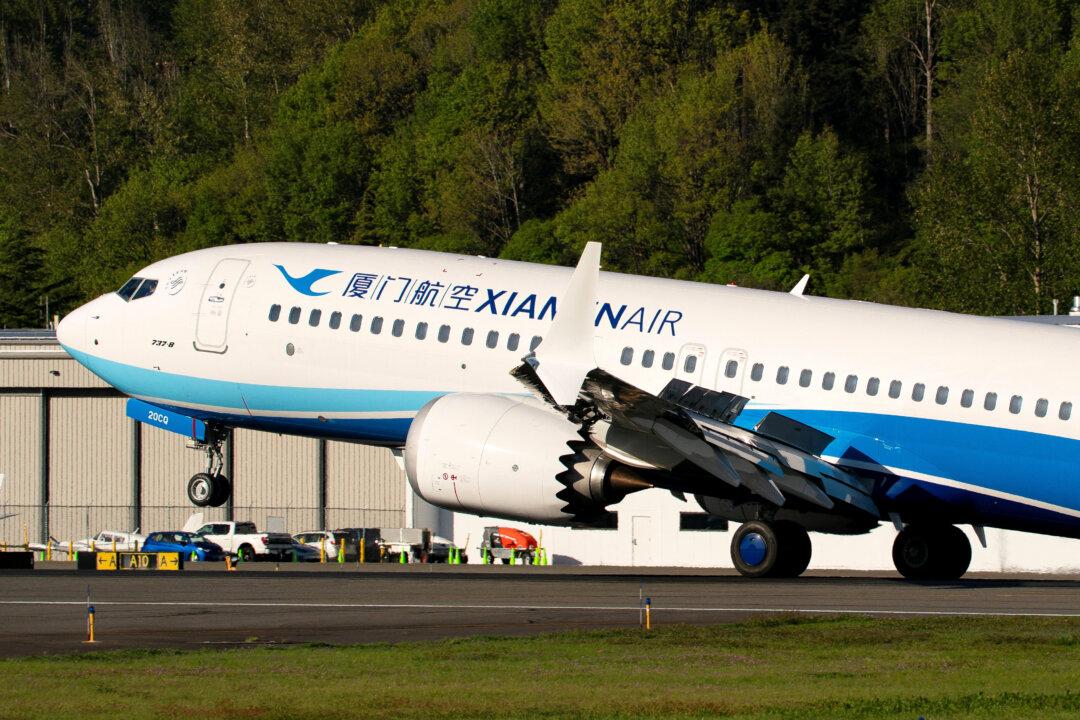Southwest Airlines Company’s ongoing turnaround efforts stalled in the first quarter as the Dallas-based carrier announced plans to cut flight schedules amid an industry-wide travel slump.
Like America, Delta, and other domestic airline carriers, Southwest also paused its 2025 and 2026 outlook, warning that the industry’s current economic conditions could potentially impact travel demand well into the next several quarters.
“Amid the current macroeconomic uncertainty, it is very difficult to confidently forecast given recent and short-lived trends,” Southwest president and CEO Bob Jordan told analysts during the company’s first-quarter conference call.
Jordan, who fought to keep his job in late 2024 during a long proxy fight with activist hedge fund Elliott Investment Management to restructure the Dallas-based carrier, said the company’s management team remained focused on executing its strategic plan. That plan includes company-wide cost cuts, the rollout of new fee-based initiatives, and continued focus on improving operational metrics like on-time performance.
Following a settlement agreement with Elliott in late October, Southwest appointed six new independent board directors and overhauled its leadership team with several new hires. In February, the longtime Love Field tenant cut 1,750 jobs from its 72,000-plus workforce, including 15 percent of its corporate and management positions.
Despite those efforts, Southwest reported a first-quarter loss of $149 million, or 26 cents per share, compared to a loss of $231 million, or 39 cents, in the same period of 2024. Excluding one-time items, Southwest reported an adjusted loss of 13 cents per share on revenue of $6.43 billion, with revenue per available seat mile increasing by a record 3.5 percent.
Wall Street expected Southwest to report a first-quarter loss of 17 cents on revenue of $6.47 billion, according to financial services company FactSet. The better-than-expected revised results pushed Southwest’s shares higher in the April 24 trading session. The stock closed the day at $26.44, up 3.6 percent, or 92 cents.
Among key highlights for the quarter, Jordan said the company accelerated its cost reduction plan, increasing the 2025 target to approximately $370 million and the 2027 run rate to over $1 billion.
The former budget airline also plans to launch several new programs in the second quarter, including introducing basic fares and bag fees next month. Jordan said the company remains on track to end its longstanding and popular open seat arrangement and will begin selling premium and assigned seats with extra legroom in the third quarter for flights in early 2026.
Still, Bank of America analyst Andrew Didora told The Epoch Times there are many questions about the company’s new initiatives in the current “micro uncertainty,” including new add-on baggage fees, economy fares and assignment seating.
“We believe there are incremental risks to [Southwest Airlines] in the form of market share losses as it makes changes to its brand,” said Didora, who maintains an “underperform” rating on Southwest’s stock.
Concerning the company’s operational performance, Jordan said Southwest’s first-quarter capacity decreased 1.9 percent from a year ago. In response to fewer flight bookings, he said the company is reducing capacity in the second half to accommodate lower demand and capture associated cost savings.
While schedules are not final, Southwest also expects to reduce third and fourth quarter capacity by roughly one and a half points. It also anticipates that yearly capacity will now be up approximately 1 percent, which would be at the low end of the prior expectation of one to two percent.
As part of the company’s fleet upgrade, Southwest received 11 new aircraft and retired 14 older planes, ending the quarter with 800 aircraft. First quarter 2025 capital spending, driven primarily by aircraft-related purchases, technology, facilities, and operational investments, rose to $501 million.
Southwest expects its 2025 capital spending to be between $2.5 billion and $3 billion, which does not include the impact of potential future fleet transactions. Also, as jet fuel prices continue to decline to an average of $2.49 per gallon in the first quarter, the company said it has discontinued its fuel hedging program to lock in future prices.
In response to several questions from industry analysts, Jordan said he was confident in the company’s turnaround plan in the current environment. Going into the second quarter, he said Southwest will continue to execute on its capacity plan, launch its new operational initiatives, and cut costs, including paying off $2.6 billion in debt.
“I’m confident in our plan, confident in our execution, and confident in our people,” he said.







